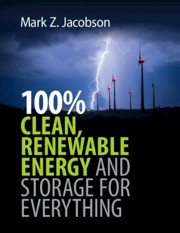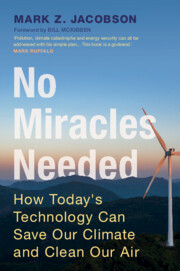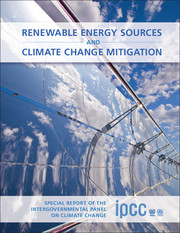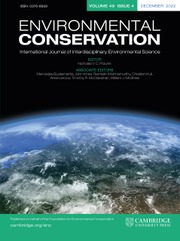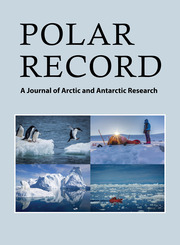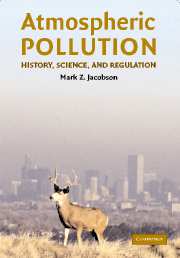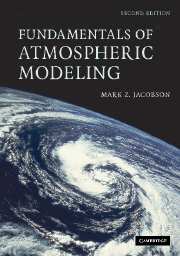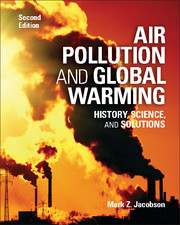100% Clean, Renewable Energy and Storage for Everything
Numerous laws – including the Green New Deal – have been proposed or passed in cities, states, and countries to transition from fossil fuels to 100% clean, renewable energy in order to address climate change, air pollution, and energy insecurity. This textbook lays out the science, technology, economics, policy, and social aspects of such transitions. It discusses the renewable electricity and heat generating technologies needed; the electricity, heat, cold, and hydrogen storage technologies required; how to keep the electric power grid stable; and how to address non-energy sources of emissions. It discusses the history of the 100% Movement, which evolved from a collaboration among scientists, cultural leaders, business people, and community leaders. Finally, it discusses current progress in transitioning to 100% renewables, and the new policies needed to complete the transition. Online course supplements include lecture slides, answers to the end-of-chapter student exercises, and a list of extra resources.
- The first textbook to explain how 100% clean, renewable energy can be achieved, in a short time, using technologies that are currently available. Includes energy generation, storage, and transmission technologies for how to transition from fossil fuels.
- Research presented in the book serves as the scientific basis for the Green New Deal and many laws by towns, cities, states, and countries to go to 100% clean, renewable energy.
- Derived from a groundbreaking course taught by the author, over 30 Transition Highlights show real-world examples of successful transition to 100% renewables. Solved exercises and end of chapter problems engage students from a variety of disciplinary backgrounds.
- Highly multidisciplinary and accessible to students of all levels taking courses in departments of Environmental Engineering, Environmental Science, Earth Science, Geography, Energy/ Environmental Policy and Economics.
Reviews & endorsements
'A great book! Finally a textbook is available that clearly explains all aspects of a full supply of renewable energy. It shows why problems of air pollution and global warming can be solved by using renewable energies. It explains very clearly all aspects of a secure and climate-friendly full supply of renewable energies using comprehensive scientific facts and clear practical examples. It should be used as a standard textbook in all worldwide energy economics lectures worldwide! It is highly relevant not only for students but for all those interested in energy economics in times of unsolved challenges caused by climate change and pollution. A book that everyone should have read!' Professor Claudia Kemfert, German Institute for Economic Research
'Engineering professors of the world: are you teaching a course on climate change, or planning one? If you are, this is the textbook you should be adopting. Civil, mechanical, electrical, materials, chemical engineering aspects of the energy transition are exhaustively addressed. And this book has soul: today's engineering student feels the need to do something about climate change, and this book empowers them.' Anthony R. Ingraffea, Cornell University, New York
'Mark Jacobson's new book, 100% Clean, Renewable Energy and Storage for Everything, provides the most authoritative look yet at the future of energy beyond fossil fuels. The text is clearly written, authoritative, and thoroughly referenced. This will make a great text book for courses on energy and climate change, but is also a must read for all of us interested in the transition to a renewable future.' Robert W. Howarth, Cornell University, New York
'The world's major crises need radical and comprehensive solutions, with 100% clean renewable energy systems at the core of any health, climate, peace or prosperity plan. Marc Z. Jacobsen shows in a brilliant and scientifically profound way why such a worldwide transformation is necessary and how it can be realized. A powerful work that leaves no more excuses for political inaction.' Hans-Josef Fell, Former German Parliamentarian and founder of German solar tariffs
'Professor Jacobson's work on the possibilities for renewable energy have opened eyes around the globe. Where people once saw barriers, increasingly they see possibilities and openings, and this book consolidates that new understanding.' Bill McKibben, Middlebury College, Vermont
'Mark Jacobson shines a bright light illuminating the path forward, painstakingly detailing - with numbers and facts - how we can decarbonize our energy infrastructure, take action on climate, create a cleaner environment and sustain a healthy, green economy. At a time when there is far too much doom and gloom over our prospects for averting climate catastrophe, read this book, take action and be part of the battle to preserve a healthy, livable planet.' Michael E. Mann, Penn State University
Product details
October 2020Paperback
9781108790833
450 pages
280 × 216 × 20 mm
1.25kg
Available
Table of Contents
- Preface
- 1. What problems are we trying to solve?
- 2. Wind-water-solar (WWS) and storage solution
- 3. Technologies not needed or not helpful
- 4. Electricity basics
- 5. Photovoltaics and solar radiation
- 6. Onshore and offshore wind energy
- 7. Steps in developing 100 percent all-sector WWS and storage roadmaps
- 8. Matching electricity, heat, cold, and hydrogen demand continuously with 100 percent WWS supply, storage, and demand response
- 9. Evolution of the 100 percent movement and policies needed for a WWS solution
- Glossary of acronyms
- Acknowledgments
- Appendix
- References.

